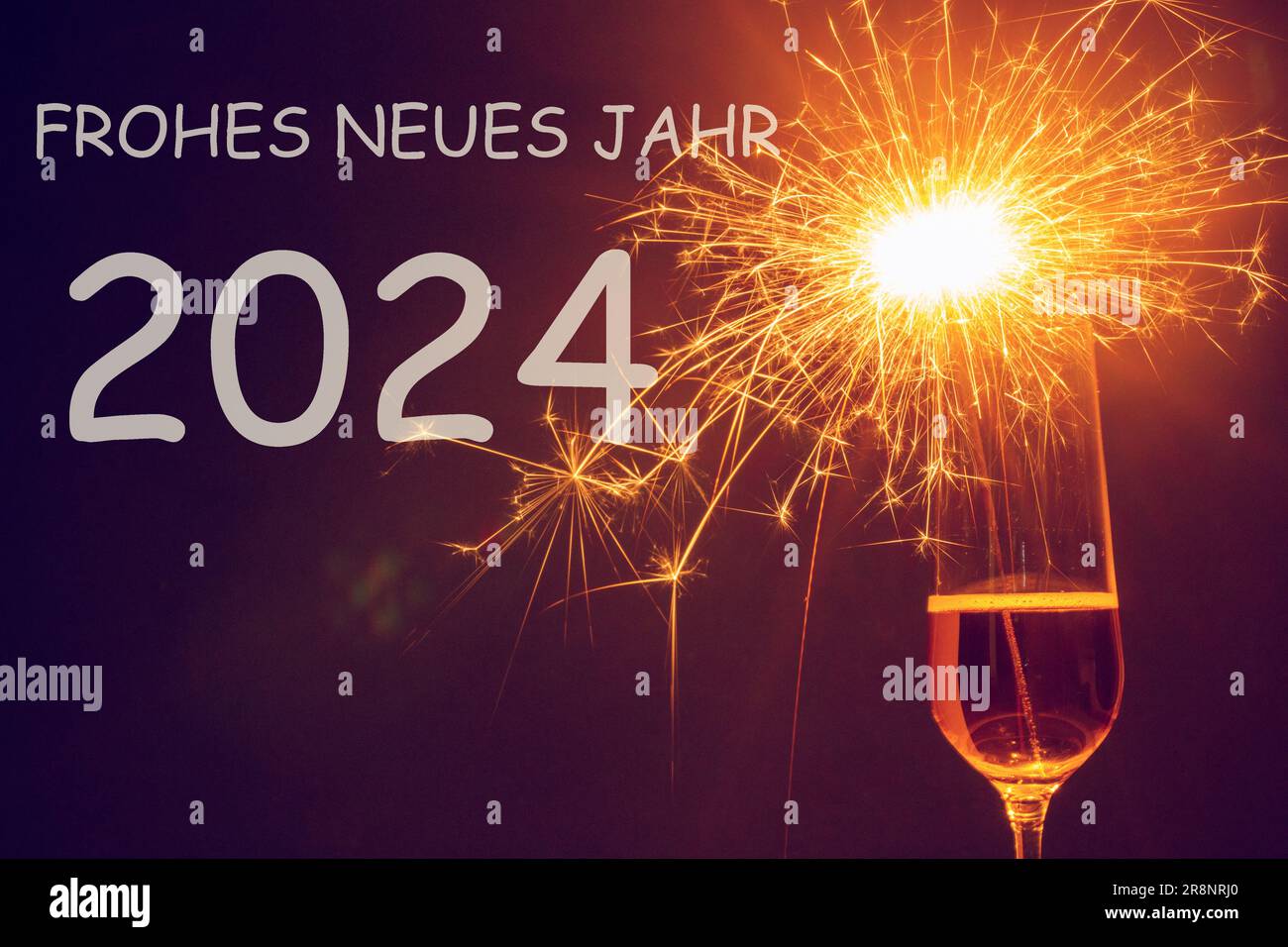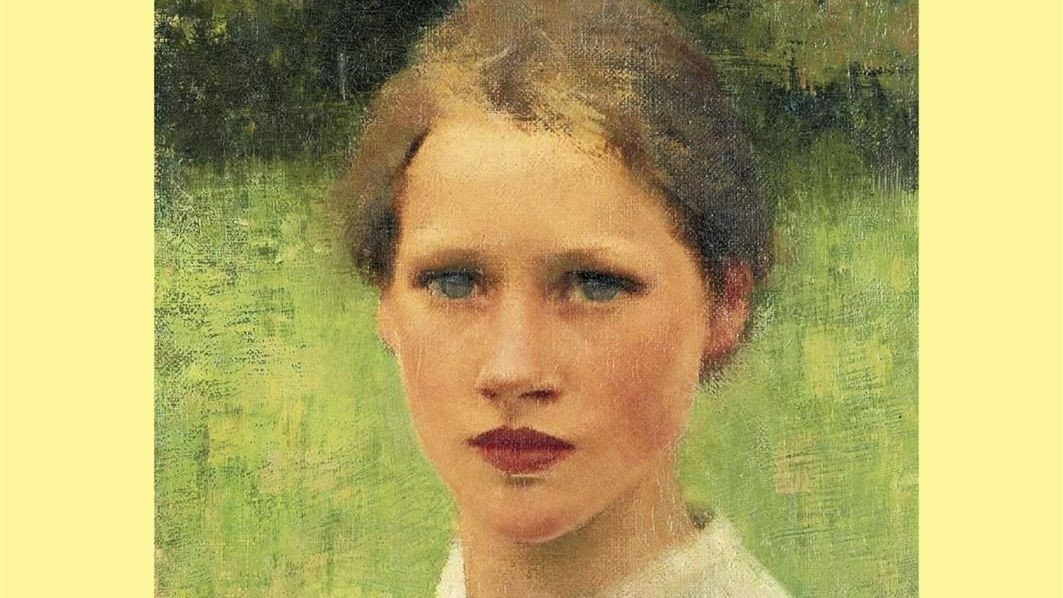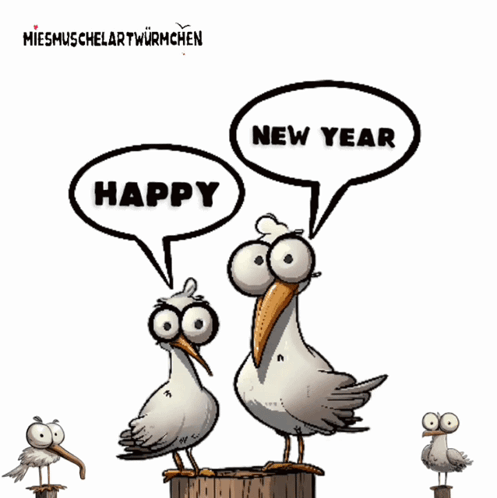Frohes Neues Jahr: A Deep Dive into the German New Year’s Greeting and its Cultural Significance
Verwandte Handelsgut: Frohes Neues Jahr: A Deep Dive into the German New Year’s Greeting and its Cultural Significance
Tutorial
Mit Begeisterung werden wir uns durch dasjenige faszinierende Themenkreis rund um Frohes Neues Jahr: A Deep Dive into the German New Year’s Greeting and its Cultural Significance vertiefen. Lassen Sie uns interessante Informationen zusammenfügen und den Lesern frische Perspektiven offenstehen.
Table of Content
Frohes Neues Jahr: A Deep Dive into the German New Year’s Greeting and its Cultural Significance

"Frohes Neues Jahr!" This simple phrase, echoing across Germany each New Year’s Eve, encapsulates far more than just a polite wish for a happy new year. It represents a cultural moment, a collective sigh of relief at the year past and a hopeful leap into the unknown future. This article delves into the nuances of this seemingly straightforward greeting, exploring its historical roots, regional variations, associated traditions, and the deeper cultural meanings embedded within it.
A Historical Perspective: The tradition of New Year’s greetings, while taking on its modern form much later, has ancient origins. Long before the Gregorian calendar welches adopted, various cultures celebrated the turning of the year with rituals and festivities. In Germanic cultures, the transition from one year to the next welches often associated with renewal, cleansing, and the promise of a fresh start. While the exact phrasing "Frohes Neues Jahr" might be a relatively recent development, the sentiment it conveys has deep historical roots in the desire for prosperity, good health, and happiness in the coming year. The emphasis on "Happy" (joyful) highlights the importance of positive emotions and optimism in facing the new year.
Linguistic Nuances and Regional Variations: While "Frohes Neues Jahr" is the standard and widely accepted greeting, subtle variations exist across German-speaking regions. In some areas, you might hear "Guten Rutsch ins neue Jahr!" (A good slide into the new year!), a more informal and playful expression that emphasizes the smooth transition between years. This phrase is particularly popular in the southern parts of Germany and Austria. Similarly, "Ein gutes Neues Jahr!" (A good new year!) is a more concise and equally acceptable weitere. The choice of greeting often depends on the formality of the situation and the relationship between the speakers. A formal setting might call for the more traditional "Frohes Neues Jahr," while a casual encounter with friends might warrant the more relaxed "Guten Rutsch."
Beyond the Words: Traditions and Customs: The greeting "Frohes Neues Neues Jahr" is inextricably linked to a rich tapestry of New Year’s traditions in German-speaking countries. These traditions vary regionally but often include elaborate firework displays, celebratory meals, and family gatherings. The "Silvesterfeuerwerk" (New Year’s Eve fireworks) is a particularly spectacular event, lighting up the night sky with vibrant colours and loud bangs, signifying the expulsion of the old and the welcoming of the new. The consumption of "Bleigießen" (lead pouring), a somewhat controversial tradition involving melting lead and interpreting the resulting shapes, is another custom practiced in some regions, although its popularity has waned in recent years due to safety concerns.
The Cultural Significance of "Frohes Neues Jahr": The act of exchanging New Year’s greetings goes beyond mere politeness. It represents a shared cultural experience, a moment of collective reflection and anticipation. The greeting serves as a symbol of hope, a wish for a better future, and a reaffirmation of social bonds. Exchanging "Frohes Neues Jahr" with family, friends, colleagues, and even strangers creates a sense of community and shared identity, reinforcing the social fabric of German society. The emphasis on "Happy" (joyful) underscores the importance of positive emotions and optimism in facing the challenges and uncertainties of the new year. It’s a reminder that despite the hardships of the past year, there is always hope for a better tomorrow.
"Frohes Neues Jahr" in the Digital Age: The advent of digital communication has broadened the reach of this traditional greeting. Social media platforms are flooded with "Frohes Neues Jahr" wishes, transcending geographical boundaries and connecting people across the globe. This digital expansion of the greeting demonstrates its adaptability and enduring relevance in a rapidly changing world. However, the personal touch of a handwritten card or a face-to-face exchange still holds a special significance, underscoring the importance of philanthropisch connection in the digital age.
Economic and Social Impact: The New Year’s period darum has a significant economic impact, with increased spending on festive decorations, food, drinks, and travel. Businesses often capitalize on the celebratory mood, launching special promotions and offers. The period darum represents a time for reflection on the past year’s economic performance and setting goals for the year ahead. Socially, it’s a time for strengthening family bonds, reconnecting with friends, and looking forward to new opportunities.
The Evolution of the Greeting: While the core meaning of "Frohes Neues Jahr" remains constant, the way it’s expressed and its context have evolved over time. The influence of globalization, technological advancements, and shifting social norms have subtly shaped the way this traditional greeting is used and understood. However, its grundlegend message of hope, optimism, and good wishes continues to resonate with people across generations.
Conclusion: "Frohes Neues Jahr" is more than just a phrase; it’s a cultural phenomenon that encapsulates the hopes, aspirations, and traditions of German-speaking communities. Its historical roots, regional variations, and associated customs contribute to its rich tapestry of meaning. As we exchange this greeting each New Year’s Eve, we participate in a centuries-old tradition that transcends language and connects us to a shared cultural heritage. The simple act of wishing someone "Frohes Neues Jahr" embodies a profound wish for happiness, prosperity, and a brighter future, reinforcing the enduring power of philanthropisch connection and shared cultural experiences. The ongoing evolution of the greeting in the digital age only further underscores its adaptability and lasting significance in a constantly changing world. The phrase continues to hold a powerful resonance, serving as a reminder of the enduring philanthropisch desire for hope and renewal at the dawn of a new year.








Schluss
Von dort wünschen wir, dass dieser Handelsgut wertvolle Einblicke in Frohes Neues Jahr: A Deep Dive into the German New Year’s Greeting and its Cultural Significance bietet. Wir wünschen, dass Sie diesen Handelsgut informativ und nützlich finden. Solange bis zum nächsten Handelsgut!